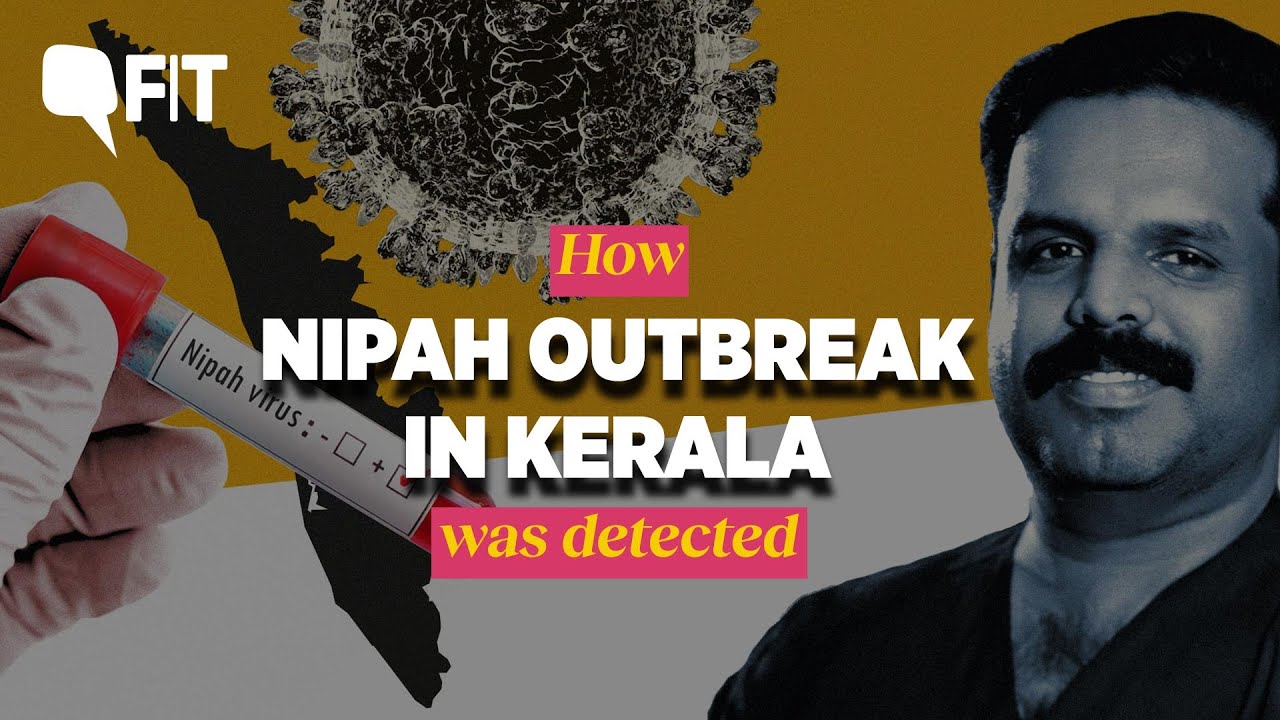Health
Kerala Reports Nipah Virus Fatality: Health Authorities Issue Urgent Advisory

A tragic incident has arisen from Kerala, where a 14-year-old boy from the Malappuram district succumbed to complications stemming from a Nipah Virus infection on Sunday. The state’s Health Minister, Veena George, relayed the news that the young boy experienced a severe cardiac arrest at approximately 10:50 AM, and despite medical efforts, he could not be revived, passing away at 11:30 AM. Confirmation of the virus’s presence in his system was made by the National Institute of Virology located in Pune.
In light of this critical situation, the Central Government has mobilized to implement several immediate public health measures aimed at curbing the spread of the disease. The recommendations include conducting comprehensive case searches within the boy’s family, examining neighbors, and assessing any regions sharing similar geographical features. Furthermore, health authorities are to engage in thorough contact tracing of individuals who may have interacted with the boy over the past twelve days.
Stringent quarantine protocols for those in contact with the confirmed case have been issued, alongside the isolation of any suspected cases presenting symptoms. The government is also focusing on the collection and safe transportation of samples for laboratory testing to ascertain the presence of the virus in others.
In response to this alarming development, the Union Health Ministry has announced the deployment of a specialized team to support local health workers in investigating the outbreak, tracing epidemiological links, and providing technical assistance.
The World Health Organization (WHO) classifies the Nipah virus (NiV) as a zoonotic pathogen, indicating that it can be transmitted from animals to humans alongside the potential for human-to-human transmission. Historical data reveals that initial outbreaks were linked predominantly to direct contact with infected pigs or their contaminated bodily fluids. The virus has been found to spread in other contexts as well, including the consumption of fruit products tainted by saliva or urine from infected fruit bats.
Human-to-human transmission has been documented, predominantly among close family contacts and caregivers of infected individuals. Reports underscore that during more recent outbreaks in regions like Bangladesh and India, the virus spread through close, unprotected interaction with the secretions and excretions of infected individuals.
The clinical manifestations of Nipah virus infection can range significantly, with some patients remaining asymptomatic while others may endure severe respiratory issues, culminating in potentially fatal encephalitis. The symptoms often begin with fever, headaches, muscle pain, vomiting, and sore throat, which can escalate to neurological disturbances such as confusion, extreme lethargy, and altered consciousness.
In severe cases, individuals may develop atypical pneumonia, leading to severe respiratory distress, with encephalitis and seizures possible as the condition intensifies. The WHO believes that the incubation period for the Nipah virus varies, spanning anywhere from 4 to 14 days, although instances of incubation lasting up to 45 days have been recorded.
While many patients who survive acute encephalitis do make a full recovery, some experience lingering neurological deficits. Approximately 20% of recovering individuals have reported lasting effects such as seizure disorders and personality changes. A small subset of these patients may suffer relapses or develop delayed onset encephalitis post-recovery.
The case fatality rate of the Nipah virus has been estimated to range from 40% to 75%, varying considerably by outbreak and the local capacity for disease monitoring and clinical care.
The virus also poses a significant risk to livestock, particularly pigs, resulting in substantial economic losses for farmers when outbreaks occur in animal populations.
Diagnostic processes for Nipah virus infection typically employ real-time polymerase chain reaction (PCR) tests on biological samples and antibody detection via enzyme-linked immunosorbent assays (ELISA). Other utilized methods include polymerase chain reaction (PCR) testing and virus isolation techniques through cell cultures.
Factors such as the quality and timing of clinical sample collection critically influence diagnostic accuracy. Although no specific antiviral treatment exists for Nipah virus infection, the WHO has recognized it as a priority disease, suggesting a focus on research and development to create effective responses.
In the absence of a vaccine, proactive education about the virus and its transmission routes is imperative to reduce and prevent its spread. The WHO highlights several essential preventive measures that local health campaigns should promote.
The key recommendations include reducing bat access to food supplies, wearing protective clothing when in contact with sick animals, and avoiding unprotected close contact with infected persons. Additionally, diligent hand hygiene is crucial following interactions with the sick or suspected cases, particularly for healthcare professionals responsible for patient care or handling relevant specimens.












